The tribal-dominated state of Jharkhand has polled in the first phase of state assembly elections. The Bharatiya Janata Party (BJP), seizing on growing anti-incumbency sentiments, is raising issues of tribal identity against the ruling Jharkhand Mukti Morcha (JMM). Both parties are locked in a neck-and-neck fight, with the Congress backing the JMM as coalition partners. Jharkhand, created in the 2000s, has witnessed a turbulent political journey, marked by frequent changes in leadership—from BJP’s Babulal Marandi to JMM’s Shibu Soren, and now Hemant Soren. Only BJP’s Raghubar Das (2014-2019) managed to complete a full term as Chief Minister, while the rest of Jharkhand’s leaders have grappled with the deep-rooted challenges facing this mineral-rich state.
Amidst these political shifts, Jharkhand’s tribal identity and heritage have been under siege. For decades, the Vanvasi communities, have faced relentless efforts by missionary groups, threatening the very essence of the tribal way of life—an identity for which this state was originally created. Despite having tribal leaders at the helm, many feel these governments have turned a blind eye to the encroachment on the cultural pride and unique traditions of Jharkhand’s indigenous people. BJP leader Raghubar Das introduced an Anti-Conversion Law in 2017, a legislative attempt to curb these encroachments.
However, Hemant Soren’s administration has been accused by some of covertly facilitating missionary activities, fuelling sentiments of betrayal among the Vanvasis.
In this atmosphere, team Organiser went to Jharkhand’s western belt, where the missionary influence has reportedly spread with alarming pace. As we travelled through villages nestled in dense forests—from Garhwa to Palamu, Latehar, and Ranchi—the changes were stark and saddening. Entire villages, once steeped in indigenous customs, now identify as “Christian villages,” leaving only a few Hindu households clinging to their roots amidst isolation and growing pressure.
“I get Rs 10,000 to convert”
One such story is from Chiniya village, about 24 kilometers from Garhwa district. Seventy-year-old Kamli Korwa, a member of the Korwa community, shared her journey with a haunting mix of conviction and sorrow. “We don’t worship our gods or perform Sarhul or Deepawali anymore,” she said quietly. “We no longer associate ourselves with those practices because now we are Christians and only believe in Jesus.” Kamli wears a cross around her neck and has become the self-appointed guardian of the recent converts in her village.
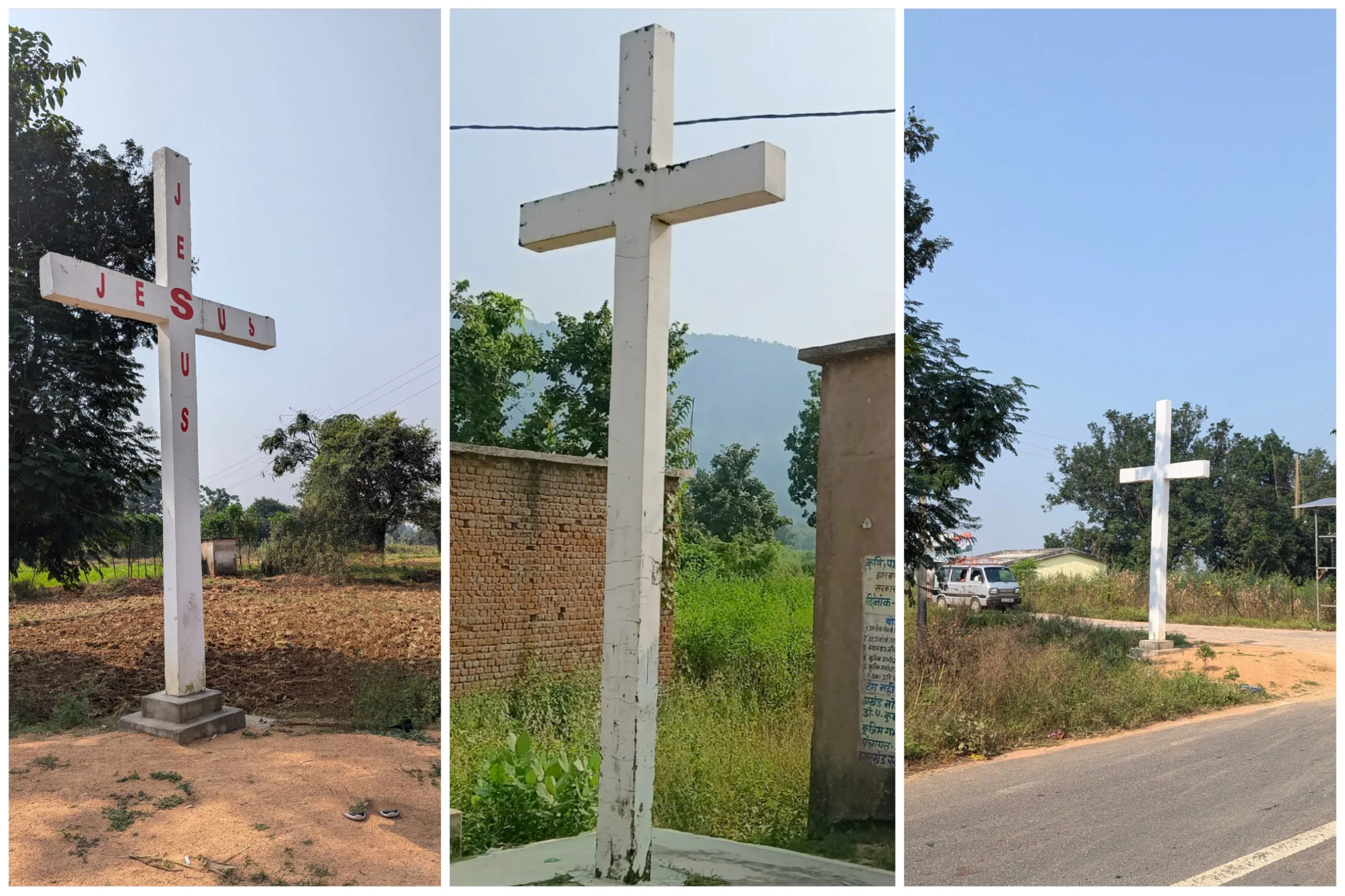
She recounted a story of how, years ago, her paralysed hand miraculously healed after she began visiting the church—a testament she often shares with others to encourage them to join her faith.
“Whenever I was in trouble, the church helped me,” Kamli revealed. “The first time I went; they gave me Rs 10,000. Later, they took me to Garhwa, spent Rs 12,000 on my care, and even gave me a vehicle to travel. Every Christmas, they gift us new clothes. Jesus is the answer to all my problems.”
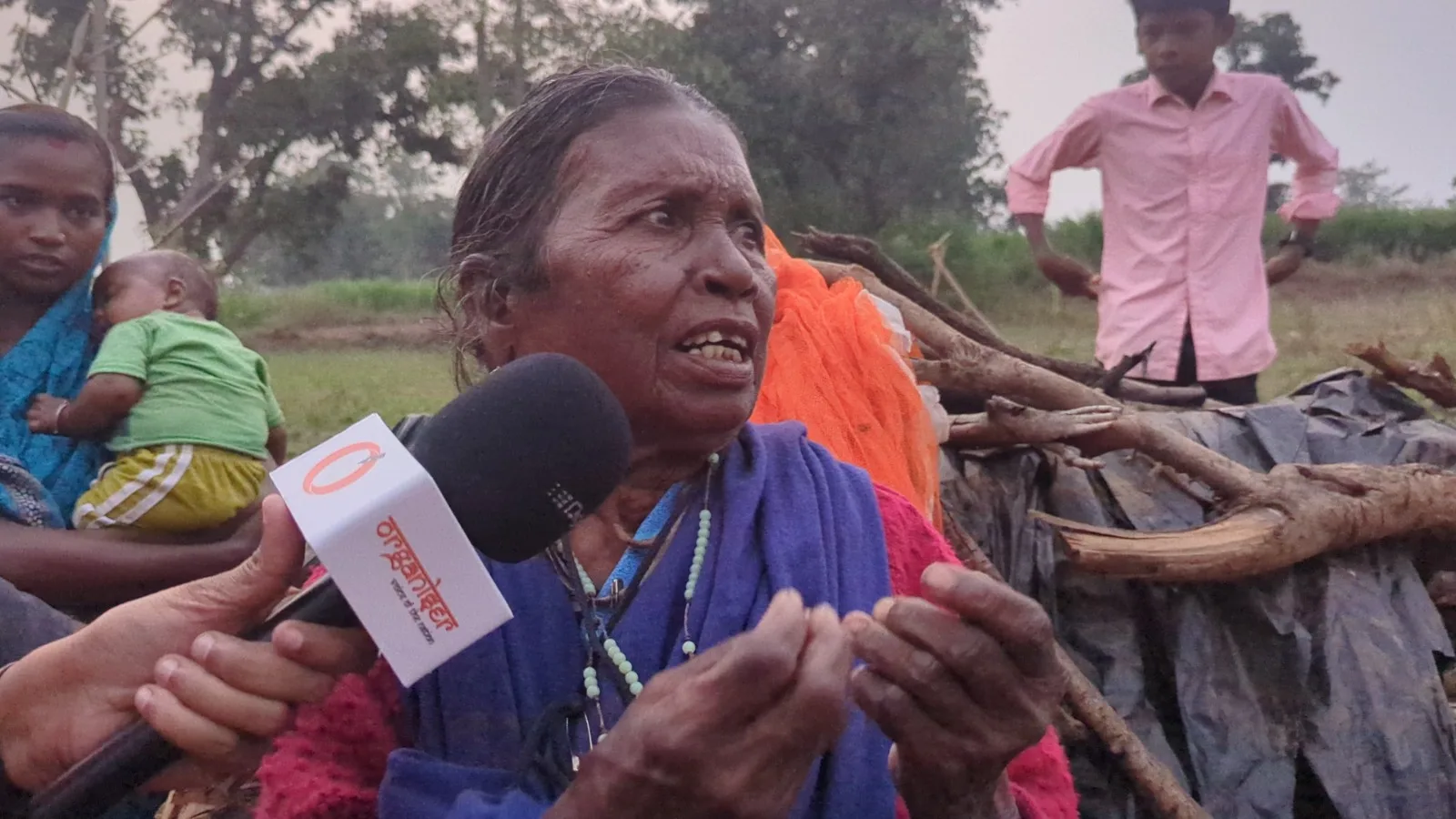
She recounts these experiences with a sense of indebted loyalty, saying, “Being Adivasi gave me nothing, but Jesus has given me everything.”
Two women both in their late 20s, have followed her footsteps. They no longer wear the traditional symbols of their Hindu faith—mangalsutra, sindoor, or toe rings. Instead, they call themselves “Adivasi-Christians” and, under church influence, have even forsaken Deepawali.
Among them was this eldest daughter-in-law who is still resisting the pressure from the community and church. She told us, “They came to me too, and asked me to leave my gods and customs. They said weddings and festivals are a waste of money. I won’t leave my religion, though. I am a Hindu and will stay so.”
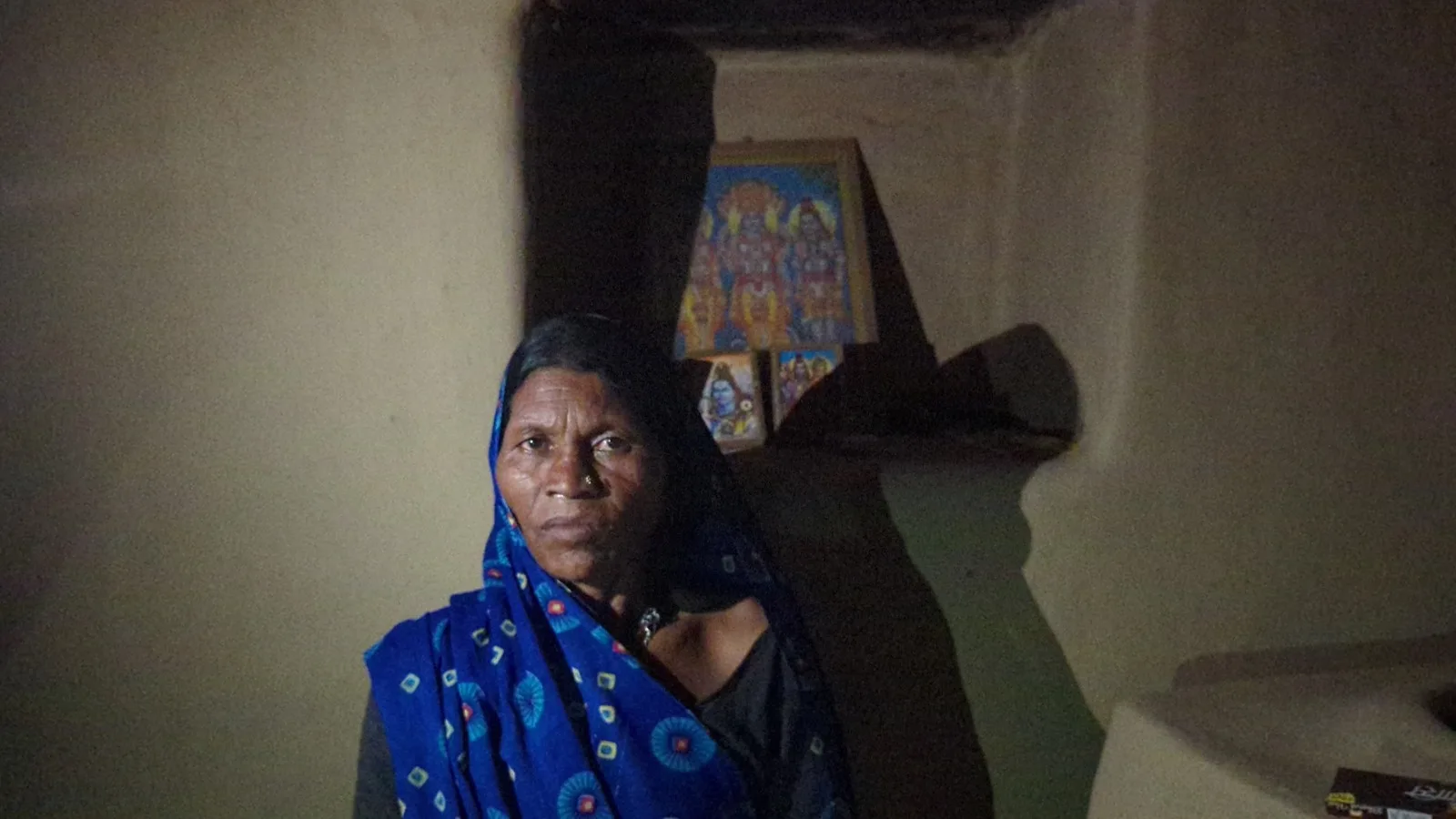
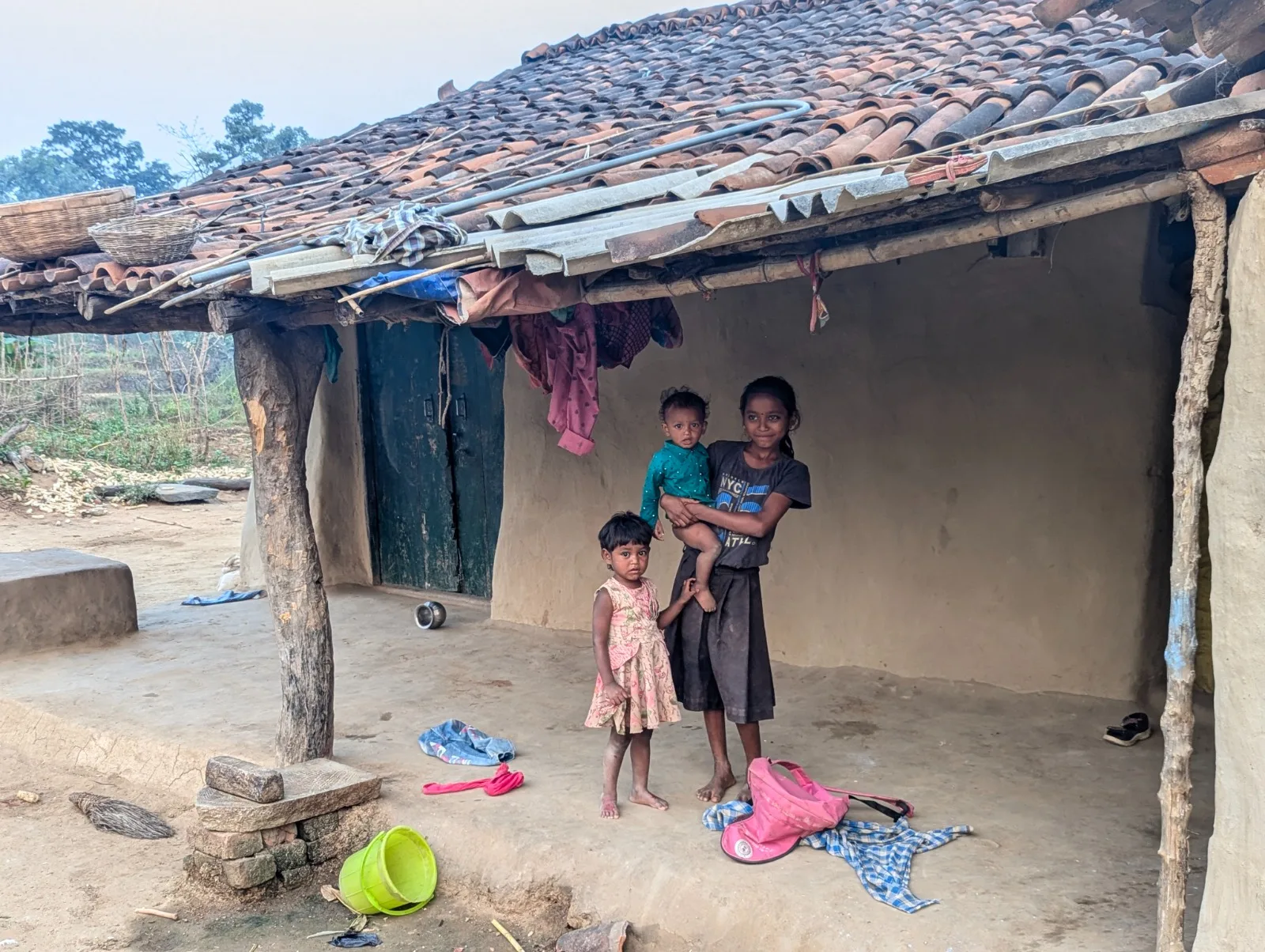
Adivasis or Christians?
The complexities don’t end here. While Kamli and her family identify as Christians, they continue to receive government benefits designated for Scheduled Tribes. Kamli acknowledged that her family benefits from tribal ration cards and college admissions but has not informed the authorities of her conversion, enabling them to access ST benefits even as they embrace a different faith.
This is not an isolated story; across villages like Chataliya, Dol, Jamuniya Tand, Lawadar, Kelha Jhariya, Dhudki, and Tandwa, a similar pattern of missionary influence is evident. In these remote villages, where even basic infrastructure like roads, healthcare, and streetlights are missing, churches continue to flourish, often housed in the huts of newly converted families.
Inside a Church
Then the team travelled to Khajuri village, deep in Jharkhand’s Bhandariya block, the journey begins on a rugged, winding road nearly 65 kilometers from Garhwa district. The village sits quiet under the sun, but one sight breaks the stillness—a towering cross planted in a tri-junction, marking the area’s shift in faith. Following the trail, the team found a small building that, from afar, seemed like any other village home, but a closer look revealed a grand entrance adorned with fresh flowers. It was not an ordinary house; this was the ‘village church.’
Inside, three women, dressed in traditional sarees, came out. They introduced themselves as Basanti Kerkatta, Sonia Panu, and Sushma Minj. Each of these women proudly identified as Christians, yet, when asked about their family, they nodded to their Hindu-Adivasi ancestry. Basanti had embraced Christianity 25 years ago, Sonia even longer—45 years, while Sushma had joined only a decade back. Curious about Sushma’s choice, we asked if she felt any pressure to convert.
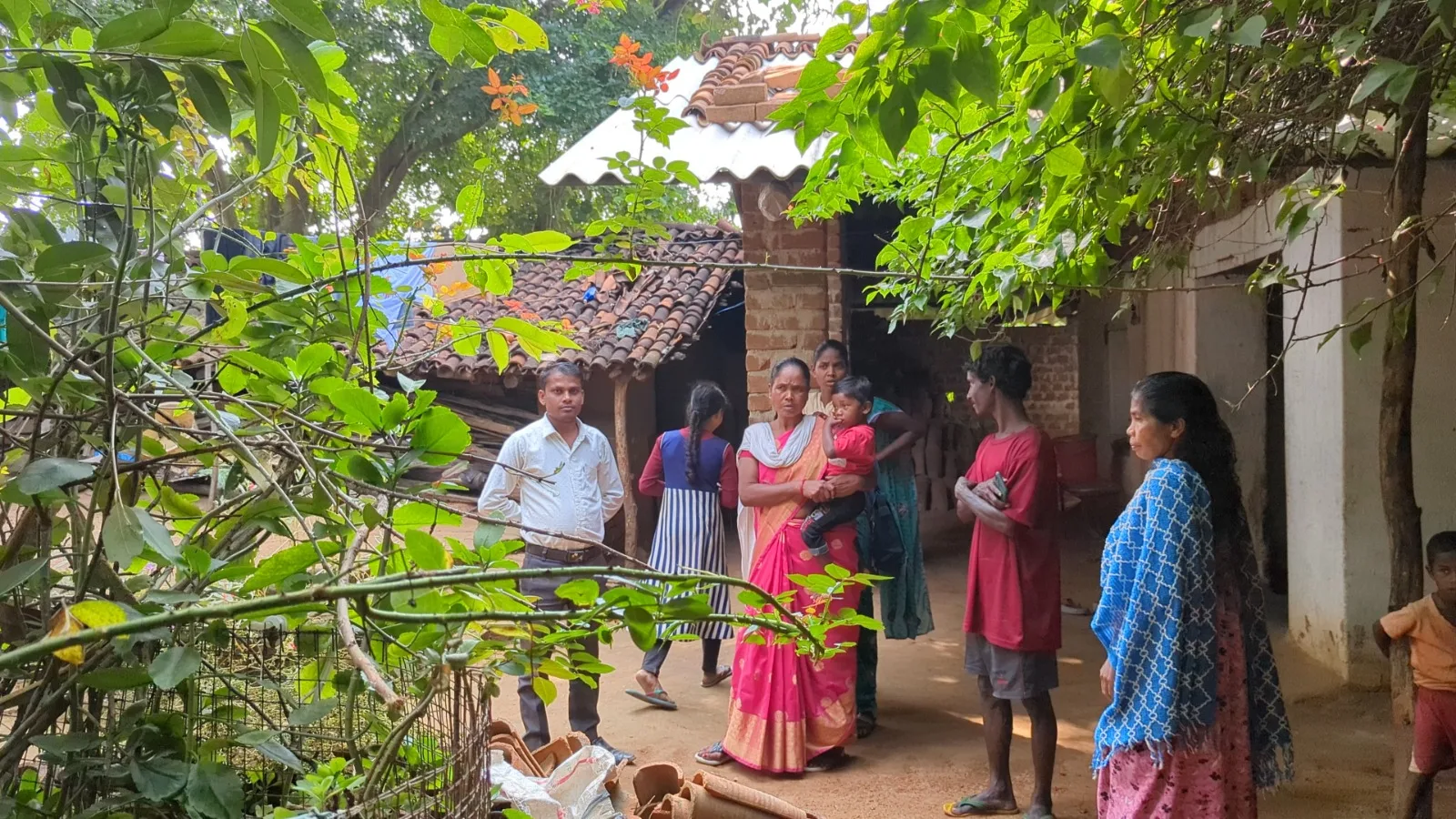
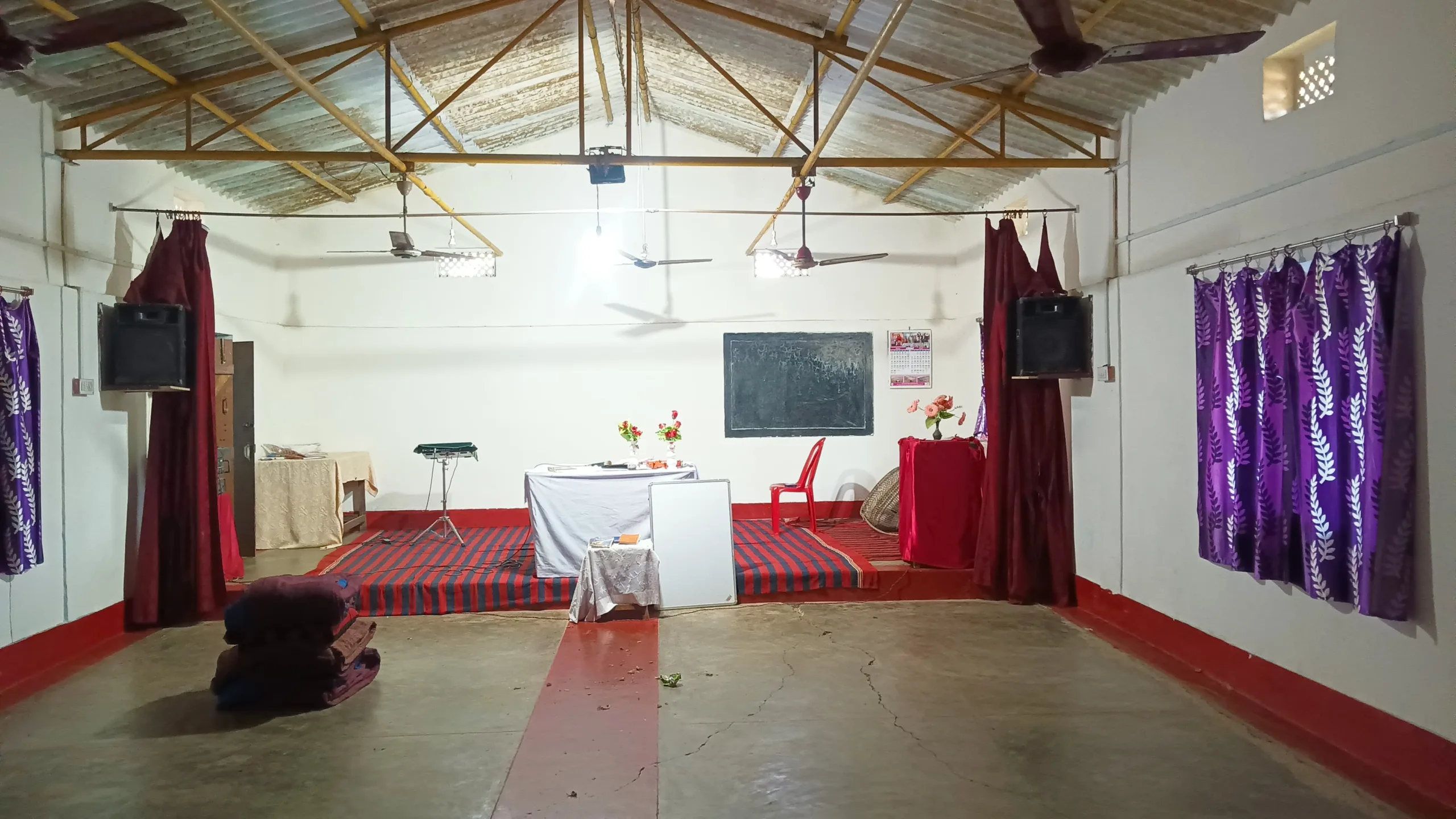
She shook her head gently, explaining, “It wasn’t like that. My mother had been ailing for so long, but she found healing at the Sabha. That’s how I found my way to Christianity.”
Basanti’s husband manages the Church that was handed over to them by a man named Vijay Das from Odisha. Since then, the family has been holding prayers and meetings there, including weekly gatherings known as “Changai Sabha.”
“Most Adivasis are Christians only.”
During a discussion on how they use their identities as both Adivasis and Christians, Sonia explained, “Most Adivasis are Christians only.”
This Church had a large hall set up as a prayer area, equipped with expensive musical instruments like drums, synthesizers, dholaks, and big speakers, indicating that large gatherings were regularly organised.
While Basati read from a translated Bible, she referred to Jesus as “Prabhu, Parmeshwar, Ishwar, Bhagwan,” and other names. A woman dressed in traditional Hindu attire entered and identified herself as an Adivasi-Christian. She shared, “It’s not like I’ve stopped worshipping Hindu gods and goddesses. The people from the Church are from our own community, and I can’t separate from them, so I also joined the Changai Sabha. It feels good here; just like Hindus go to temples to worship, we worship Jesus here. Where else would I go? So, I started visiting the Church.”
It appeared from her conversation that she might soon convert fully to Christianity.
“I won’t convert, no matter what”
As we left the Church, we encountered a lone Hindu family residing in the village, which is now predominantly known as Christian Tola. The woman, choosing to remain anonymous, expressed her resolve: “I will not give up on my religious practices. They say, come to Church for peace and healing, but my gods are here to treat my ailments. For instance, with Chhath Puja approaching, I will ask Chhati Maiya for whatever I need, and I am certain my wishes will be granted. I don’t like going to these Sabhas. I won’t go, and I won’t allow my children to abandon their Dharma. They come to me for conversion, but I will never go.”
What stands out here is the question of how funds are secured to maintain such a facility in a remote village like Khajuri, where internet access is scarce. The hall in Basanti’s house would require at least 1.5 lakh rupees for construction, and there were musical instruments, books, and flyers for distribution. These women and their husbands dedicate time to the Church, often leaving behind farming and other work. Basanti mentioned that people who attend the Church donate some money to Jesus, which keeps things going.
However, given the high-quality arrangements, akin to those found in cities, this explanation seems insufficient.
We travelled another 74 kilometers to reach Korwadih village, where every family has converted to Christianity. This village, with over 300 houses, now identifies entirely as Christian. One resident, Jhangdo Korwa, shared, “I was converted almost ten years ago under the influence of people from the Church. I can’t remember exactly who came to me, but church members visit local families. They have completely changed our lives; they showed us a path, gave us purpose, and uplifted us from where we used to be. All of this has happened because of the Church.”
The ‘Dubki Mission’
His wife, Phulmatiya Devi, originally from a traditional Hindu family, has been practicing Christianity since marrying Jhangdo and moving to Korwadih. She explained that her conversion took place through the “Dubki Mission,” in which new converts are baptized by submersion in a river. She recalled, “I was a Hindu before coming here, and my family had no idea that Jhangdo and his family practiced Christianity before our marriage. But now that I’m here, I have become Christian. We receive all kinds of support from the Church, whether it’s financial, food-related, education for our children, or healthcare.”
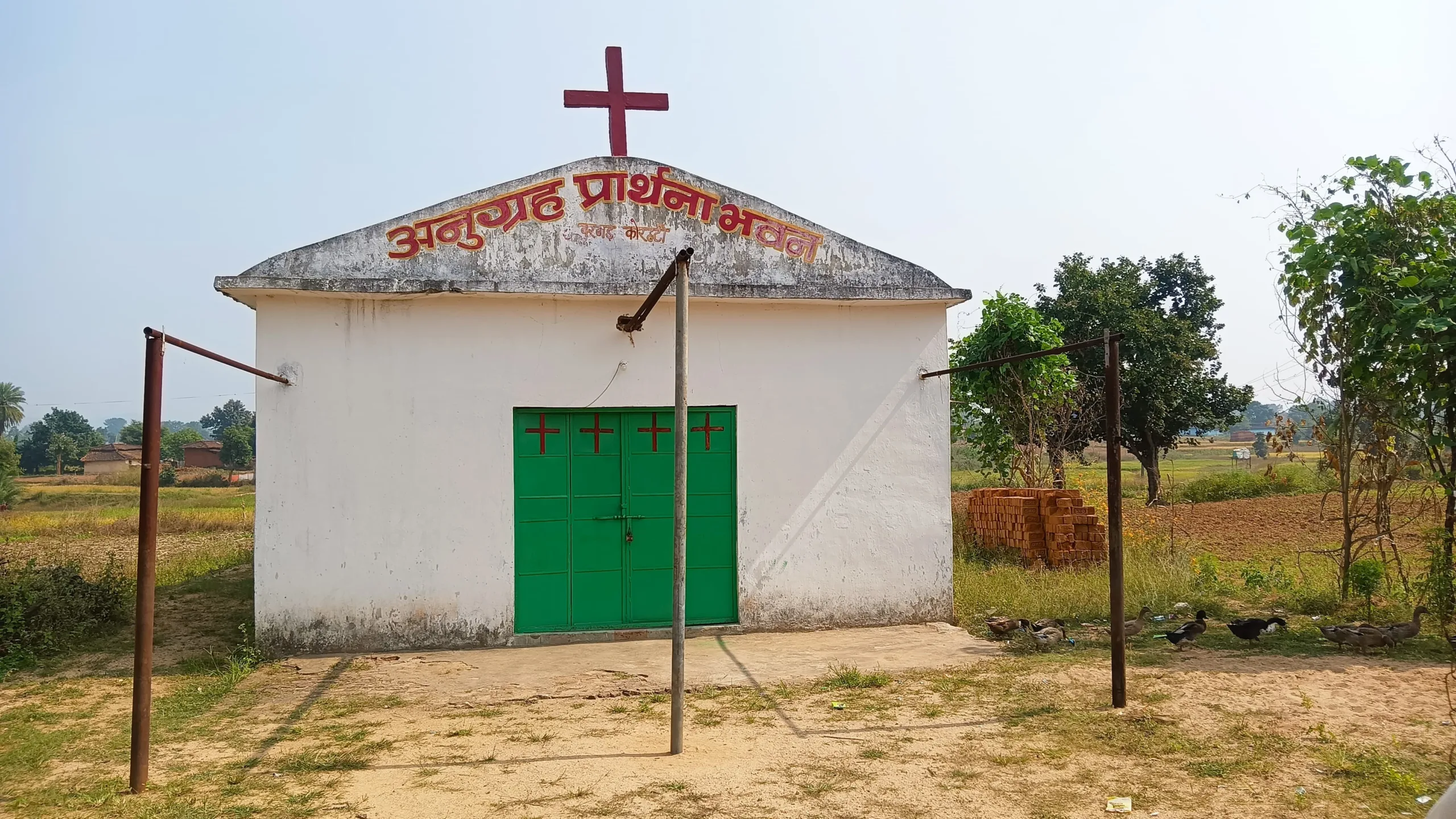
The ‘Hallelujah Mission’
Another villager, a man in his late sixties named Paresh Khalkho, said, “I am a Christian and converted five years ago. Although I’m part of the Dubki and Hallelujah Mission, I still practice my Dharma at home. I became a Christian because two of my sons did. What else am I supposed to do if the whole village follows a sect, and I don’t? There’s nothing wrong in it; I am an Adivasi, and Christianity is my religion now.”
Speaking about the mission’s activities, Paresh described, “Every Sunday, I have to go to the riverside by 4 a.m., and then people start gathering, some new, some old. The pastor arrives, and amid chants, they’re baptized in the river. Later, we sing verses and songs for Jesus, and people are declared Christians.”
300 Hindu families and a Church
We visited the village Church, but it was locked, and the pastor was not at home. We also spoke with the only Hindu family in the village, who had initially converted to Christianity after being promised miracles but returned to their original faith when these promises went unfulfilled. They wished to remain anonymous, fearing it could become difficult for them to live in the community otherwise. For their safety, we are not revealing their names in this report.
After meeting many people who had converted to Christianity in Jharkhand, our journey led us to those who either returned to their original faith post-conversion or resisted the conversion efforts. In the Ramkanda village’s Upar Tola basti—a Dalit basti—we discovered that many Dalits had embraced Christianity under the influence of local Churches. The village Sarpanch shared one such story about a man who resisted and raised his voice against this passive conversion.
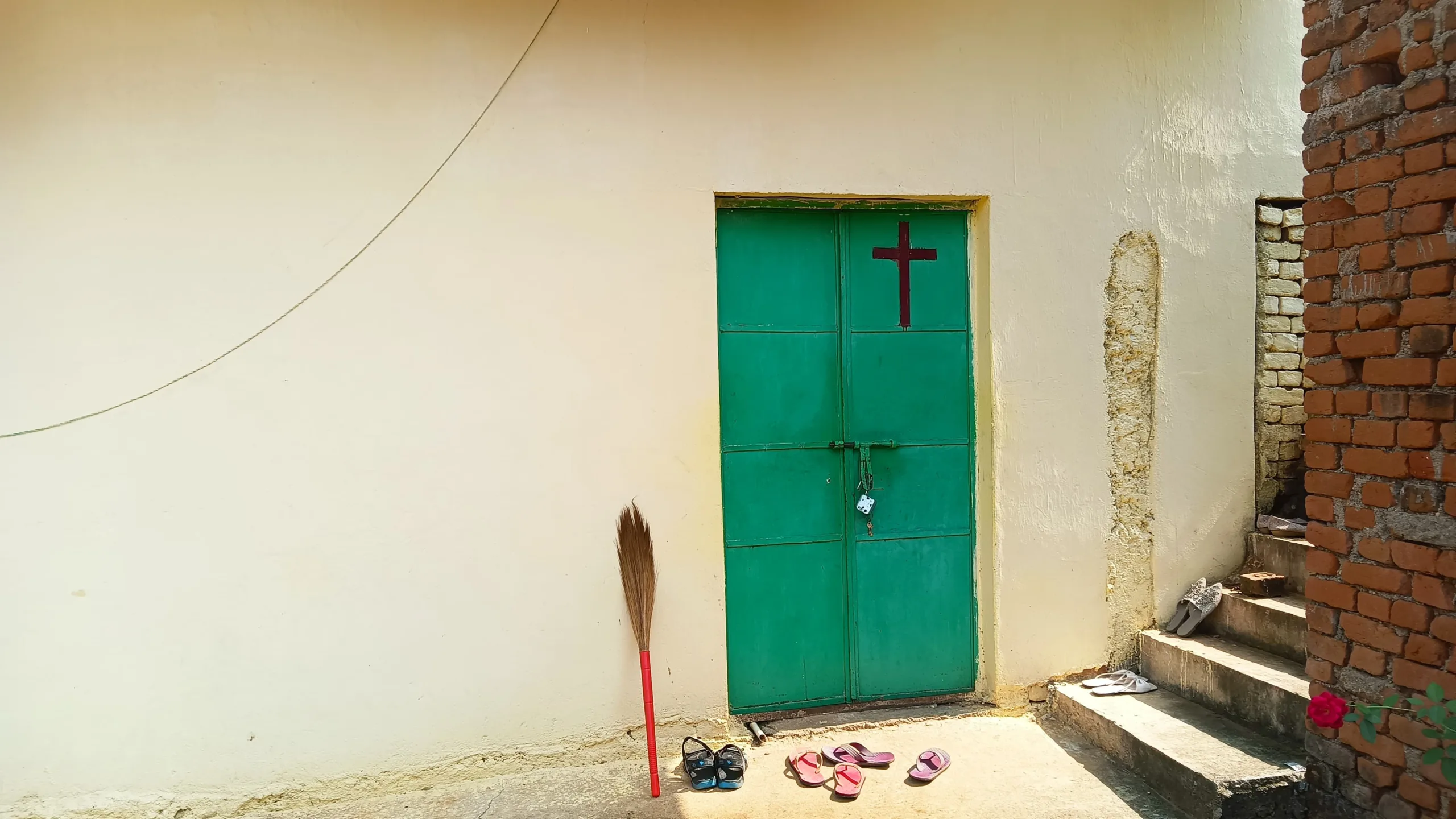
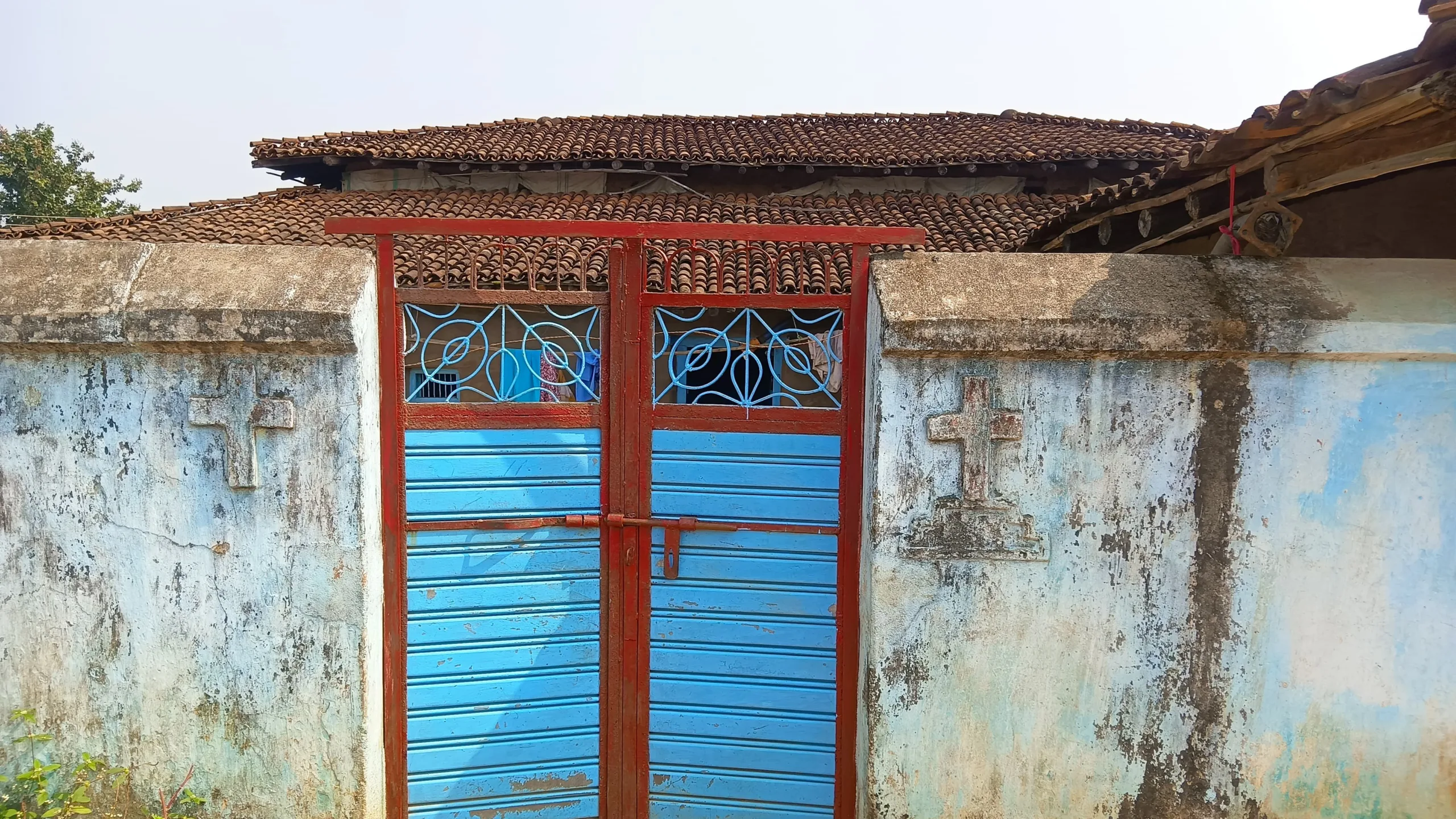
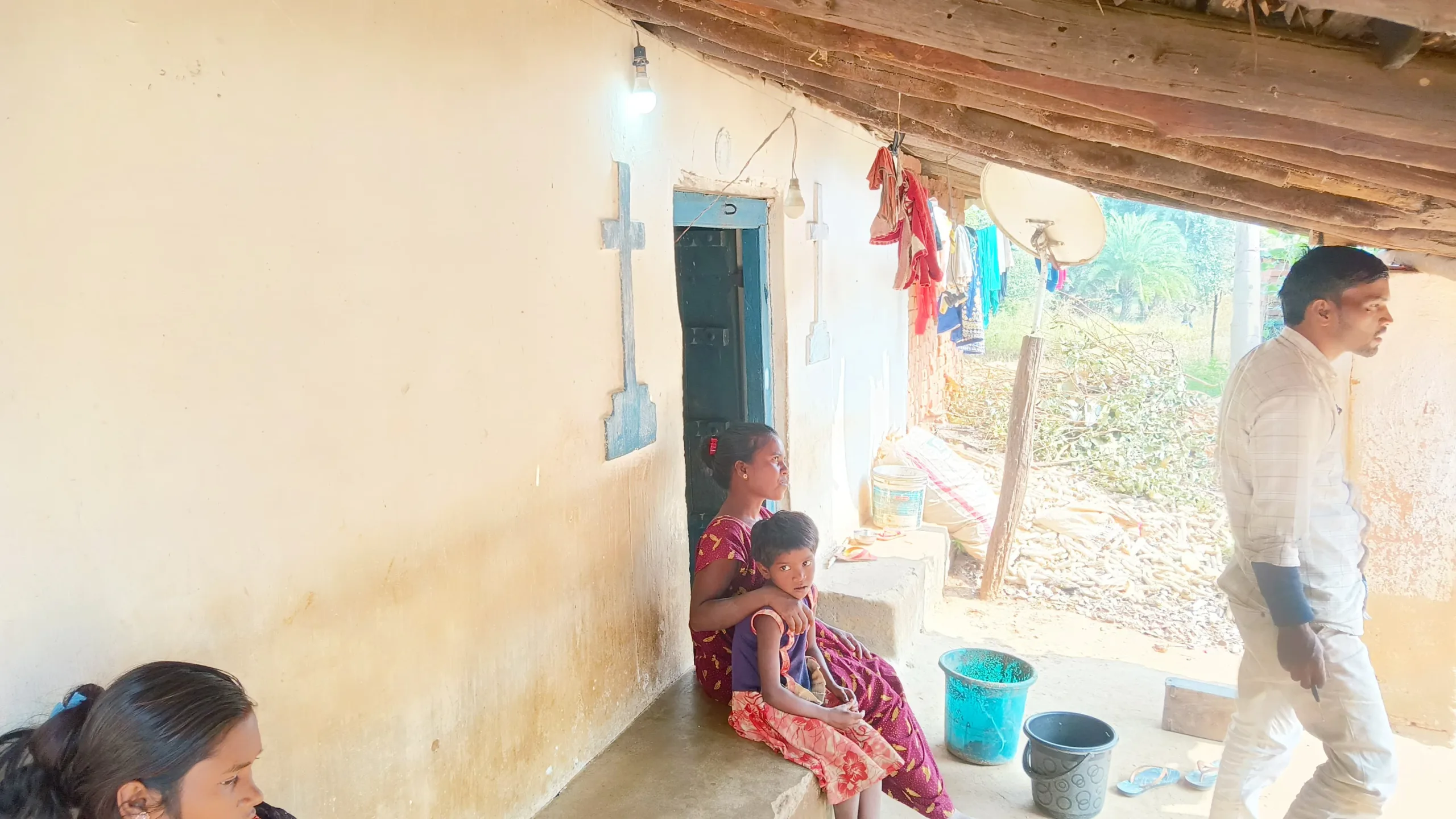
Bajrangbali Bhakt
Bansiram, a man in his fifties, described how he faced relentless pressure to convert from his own family, who had started attending mission meetings. His wife, Rukmari Devi, influenced by their daughter-in-law who first attended these meetings, had taken their son to the Church and was now pressuring Bansiram to attend services at the Magrahi mission school. Bansiram called these gatherings “Haleluyiah meetings” and stated to Organiser, “I am an ardent worshipper of Bajrang Bali, and now my wife wants to go to Haleluyiah mission. I am a Hindu and will never do that.”
Bansiram explained that his refusal to convert had made his life difficult. “My son abuses and beats me up, my wife does not talk to me and abuses me in front of the whole village, calls me a liar and what not,” he shared. Upon visiting Bansiram’s home, we found that his wife, under the influence of the Church, had uprooted the tulsi plant from their courtyard and thrown away all the Hindu idols and deities in the house.
She had been pressuring Bansiram to convert, a struggle he vividly recounted: “This has been going on for almost a year now. When things went out of control, I approached the Sarpanch with my problem.” He has since filed a complaint against his wife and son for coercing him to convert.
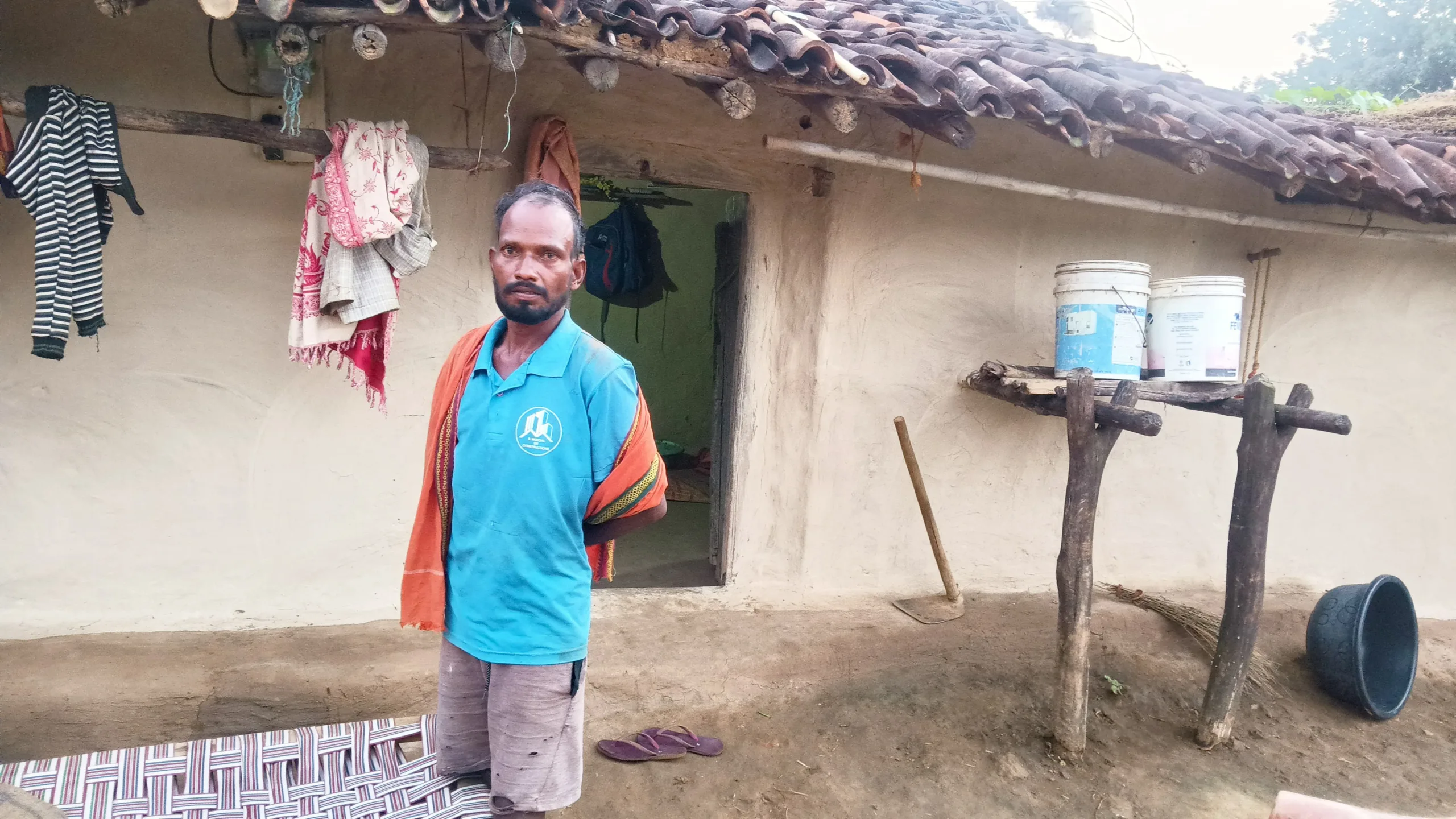
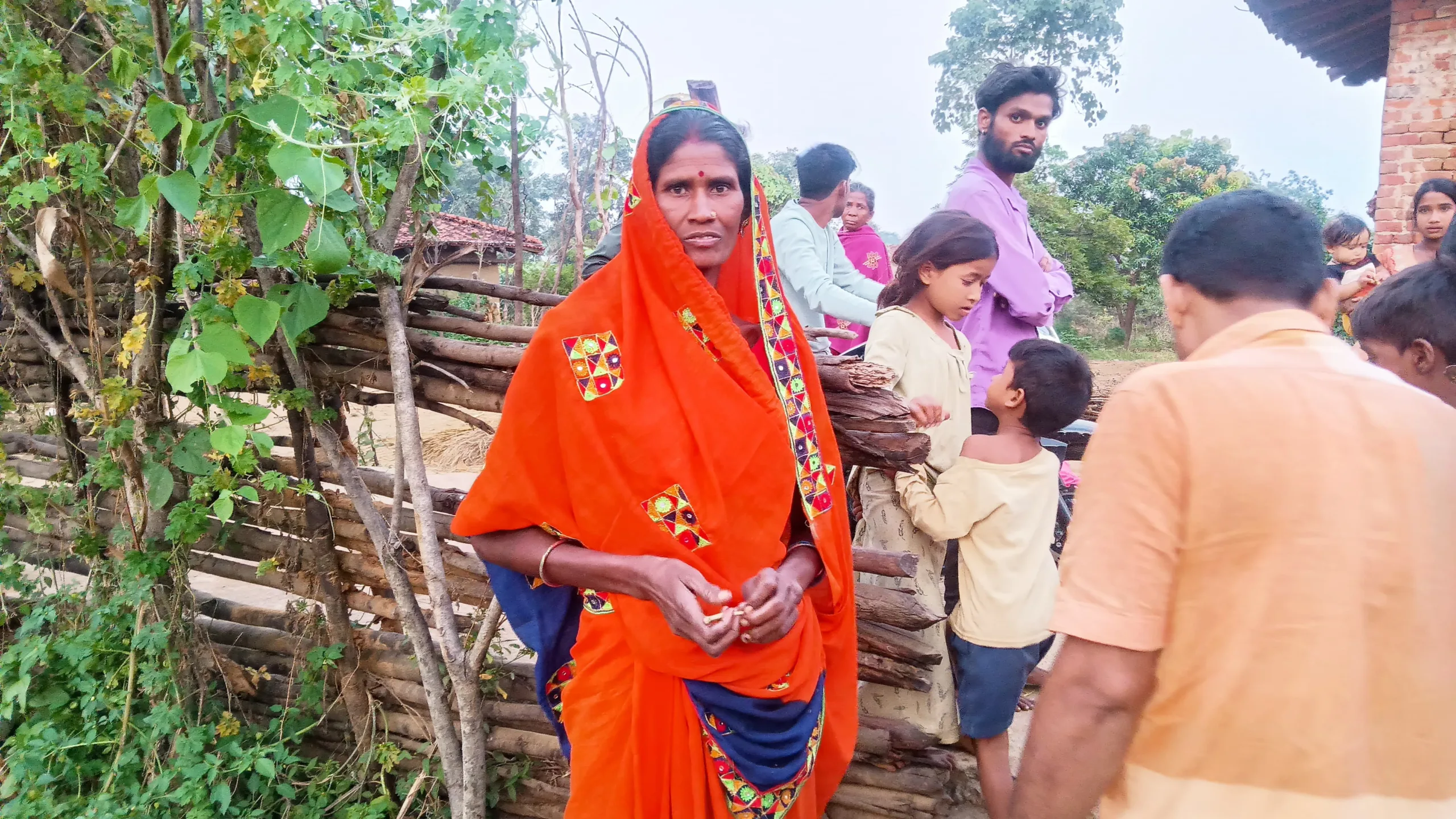
“Removing idols from my home made me feel as if someone has died in home”
In the same village, we met Sanmani Devi, a woman who had once been lured into Christianity but later returned to Sanatan Dharma. She described her journey to Christianity and back with Organiser. Sanmani recalled, “Rajendra Tirke asked me to start attending prayer meetings as I was distressed about my husband’s drinking problem. He said coming to prayer meetings organised in houses and Mission School would change everything, and all would turn well very soon.”
She continued, “As I started visiting the meetings, they told me to stop worshipping idols. They asked me to stop putting tilak on my forehead, wearing sindoor, and other ornaments. I complied with their requests. I kept the temple and deities on the shelf and stopped worshipping. They had asked me to throw the idols in the river, but my heart was not ready.”
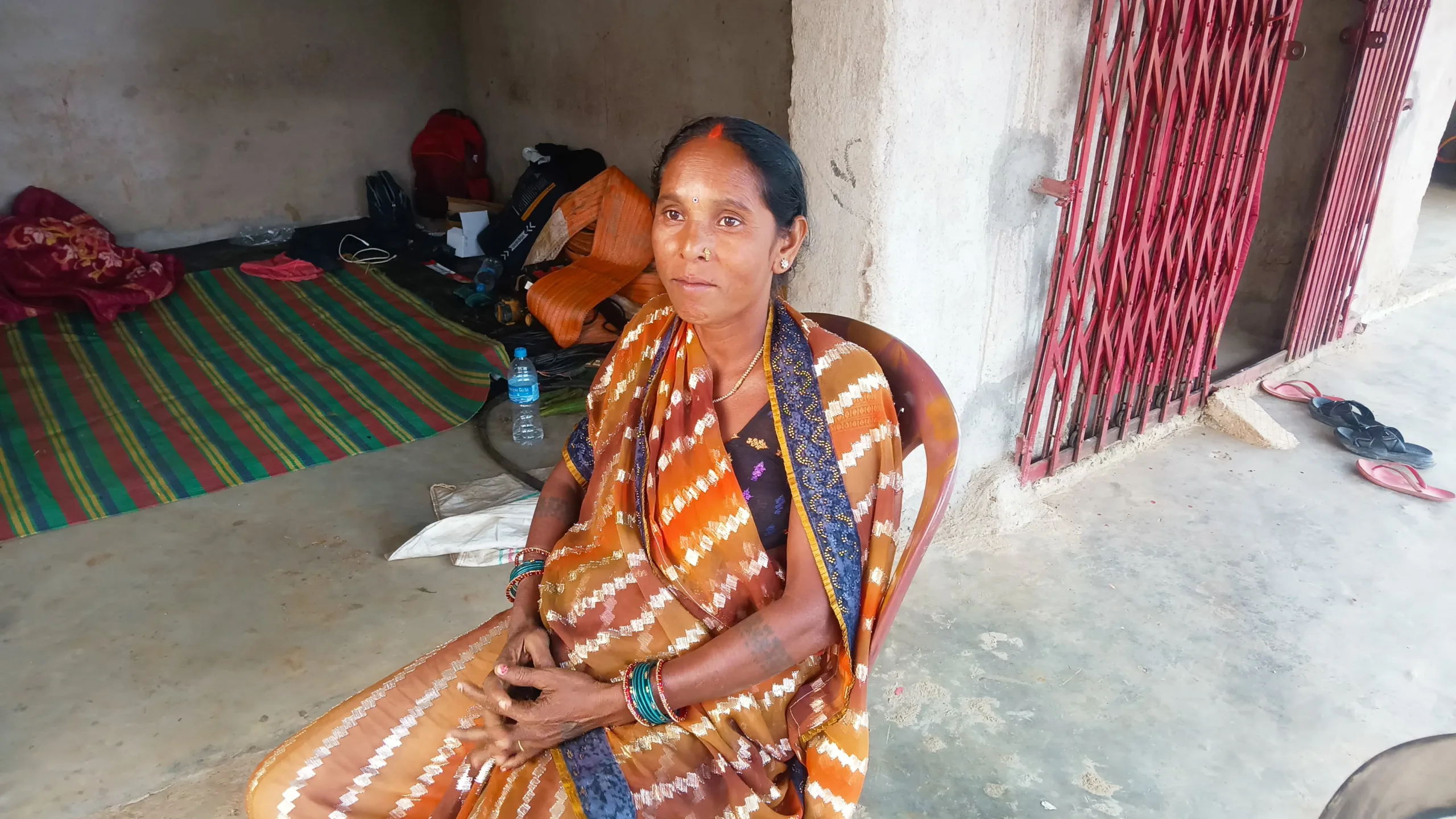
“They would tell me,” she recalled, “how can a murti be your god which has been made by you? You make that murti, color it, and call it a god. There is no other god than Jesus in the world.” Reflecting on the four months she lived a Christian life, Sanmani shared, “Though I was doing it for my husband, it felt very peculiar, as if someone had died in the house. Nothing seemed positive to me as I practiced Christianity. I would feel sad as I entered my house, like there was nothing inside.”
Sanmani also pointed out a striking difference in behaviour among those who had converted, noting, “Like we are talking and smiling and laughing—this would not be possible once I converted. They stop laughing, take even a simple comment seriously, and get offended. They live as if someone has died in their family.”
The Church had encouraged her to undergo baptism in the region’s well-known “Dubki Mission,” but she never went through with it. She also faced pressure to eat meat, but when her husband’s problems didn’t improve, she stopped attending the prayer meetings. The mission representatives later visited her, attempting to intimidate her by saying, “If you leave this religion now, you will never be happy again.” Despite these pressures, Sanmani returned to Sanatan Dharma, reinstalling her temple at home and resuming her Hindu practices. With conviction, she stated, “People in the mission are manipulating innocent tribals and taking advantage of their situations to convert them.”
101 out of 106 village became Christian villages now
After meeting with Sanmani Devi, we travelled to the Latehar district of Jharkhand, then onward to Mahuadanr village, a known hub for conversion activities. Local Hindu activists informed us that the region has over 106 villages, with as many as 101 having become predominantly Christian, with populations ranging from 99 per cent to more than 60 per cent.
In Mahuadanr, we met Chamri Nagasiya, a woman who converted to Christianity just last year. She explained, “My husband, who passed away last year, was a practicing Christian and used to attend the Church. When he died, the Church performed the cremation as per Catholic rituals, and ever since, they’ve been pressuring me to convert.”
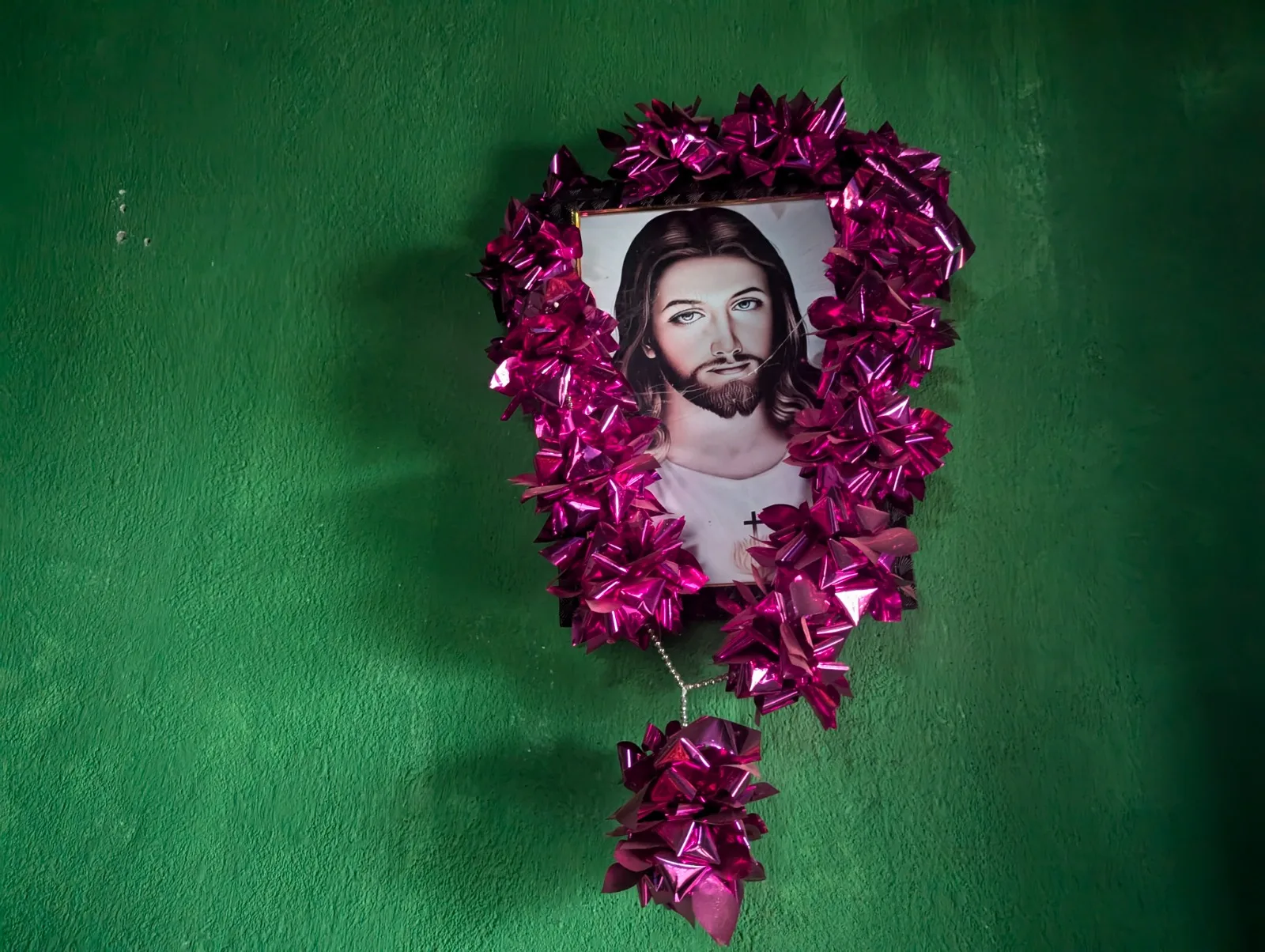
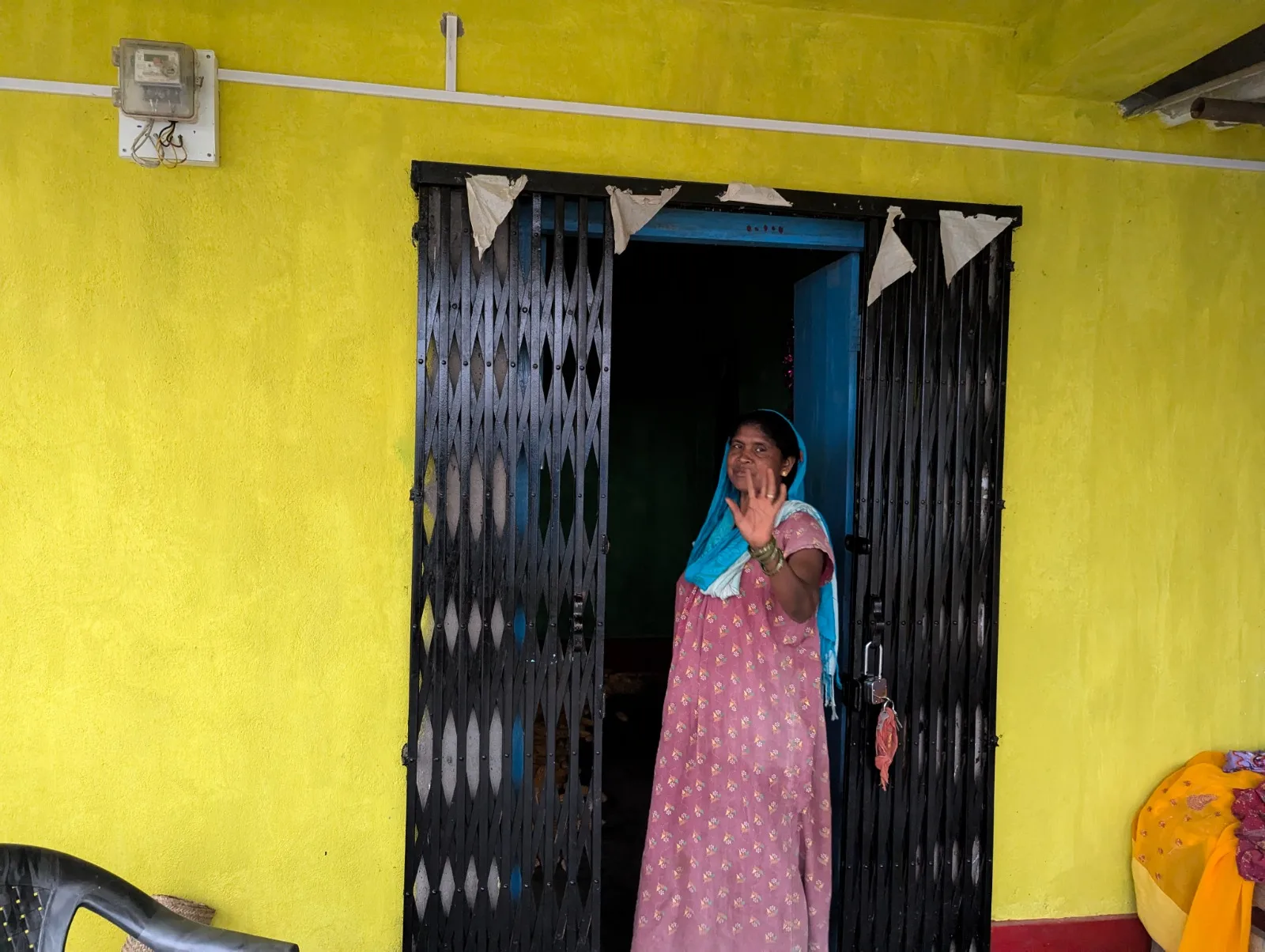
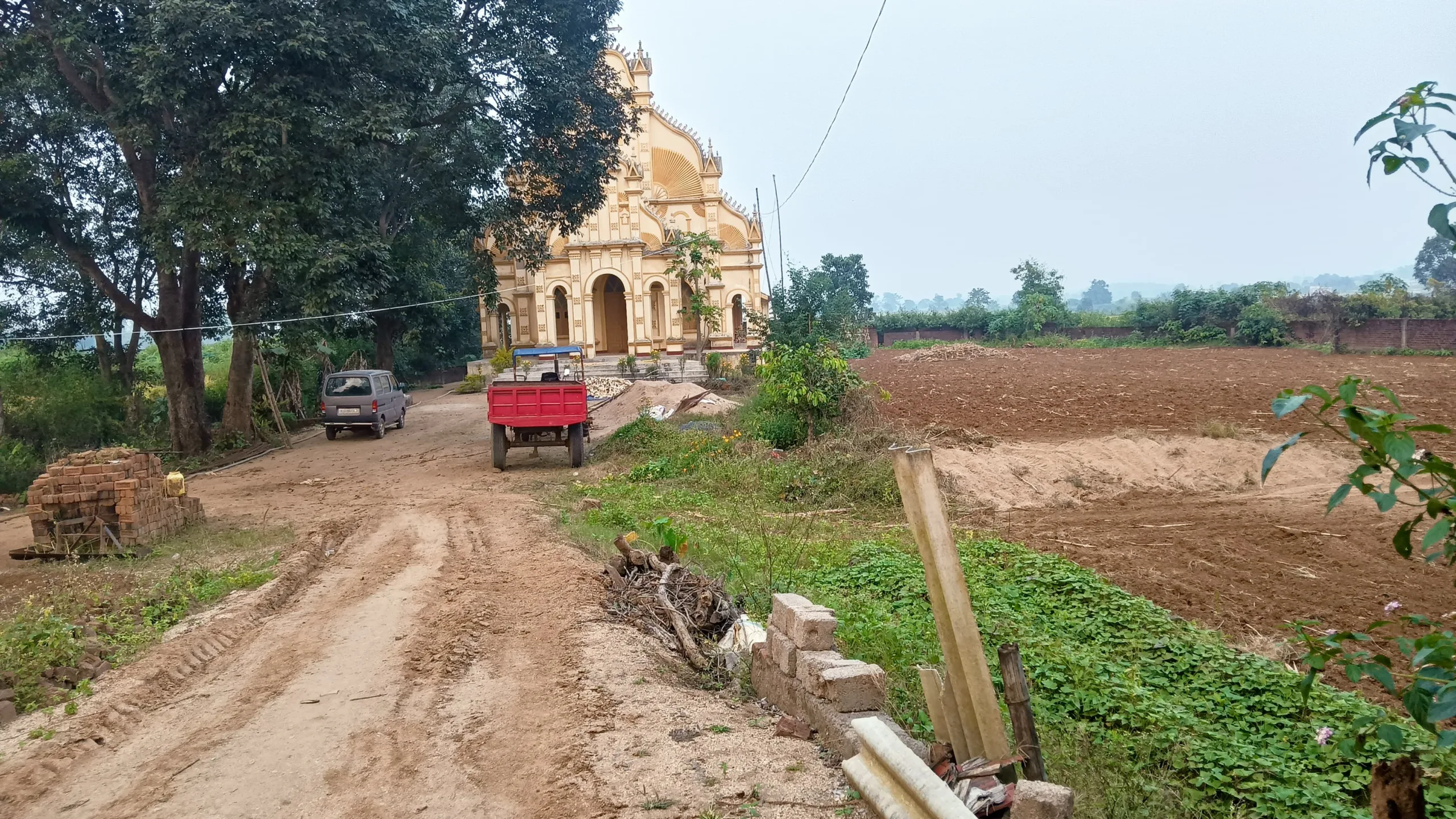
We then travelled to Kena Toli, a village known locally as a “Catholic village,” where nearly every resident has embraced the faith. There, we encountered a man who identified himself as Hemant Soren. Proudly displaying his cross necklace, he shared, “I am an Adivasi and a Catholic. I wear this cross with pride.” Hemant Soren hosts Changai Sabhas—healing prayer meetings—in the village and openly admitted, “If anyone comes to the Changai Sabha, I call them to attend prayers.”
Hindu activists in the region, speaking under conditions of anonymity, voiced their deep concerns, telling Organiser, “Missionary conversions are a severe issue across the western belt of Jharkhand. These new converts now identify as Christians, yet they continue to avail themselves of reservation benefits meant for indigenous people striving to protect their religious identities and cultural practices.”
Methodology of targeting Adivasis
They further shared troubling insights, explaining, “The Church often targets women first, not men, as they are seen as more vulnerable and easier to influence. Once the women are brought into the fold, they pressurise the men, leading entire families to start attending Church.” The activists described how women are “trained to abandon traditional symbols that identify them as Hindus, making them easy targets for pastors and church leaders.”
The activists claimed the manipulation of their simple tribal people, noting, “These people are radicalised and manipulated, and their land—considered sacred to them—is given to the Church in Jesus’s name as donations.”
They called for strict laws to prevent exploitation, declaring, “We need stringent laws and real punishment for those trapping Adivasis and stripping them of their rights.”
The activists also raised questions about the political implications, wondering, “Does the Church mobilise these new converts as a vote bank to gain favour with political parties?”
Calls for delisting
Jharkhand now stands at a crossroad, entangled in the tightening grip of a conversion mafia that stretches from Islamist influences in Santhal Pargana to the rising reach of churches in the western regions. Witnessing this shift first-hand on the ground was both shocking and deeply distressing. This is not just about numbers; it is about a change that threatens to transform the cultural heart of Jharkhand. A state created to honour and protect the rights of Adivasi communities is now on the verge of seeing its roots pulled away, replaced by an identity that is simply foreign.
This is not only a demographic change; it has the potential to reshape Jharkhand’s political landscape and in doing so, hinder its future growth and unity. Jharkhand, needs immediate and careful intervention to address this issue—not only against Islamist forces but also against missionary movements that are quietly, persistently, altering the lives of indigenous communities.
The call for “delisting”—ensuring that the benefits reserved for Adivasis remain within their communities—is not just a bureaucratic step; it is a cry for safeguarding the very soul of Jharkhand. For the future of its people, their culture, and the land they cherish, a solution must come forward. This policy must be implemented statewide without delay, before Jharkhand’s essence slips away in silence.


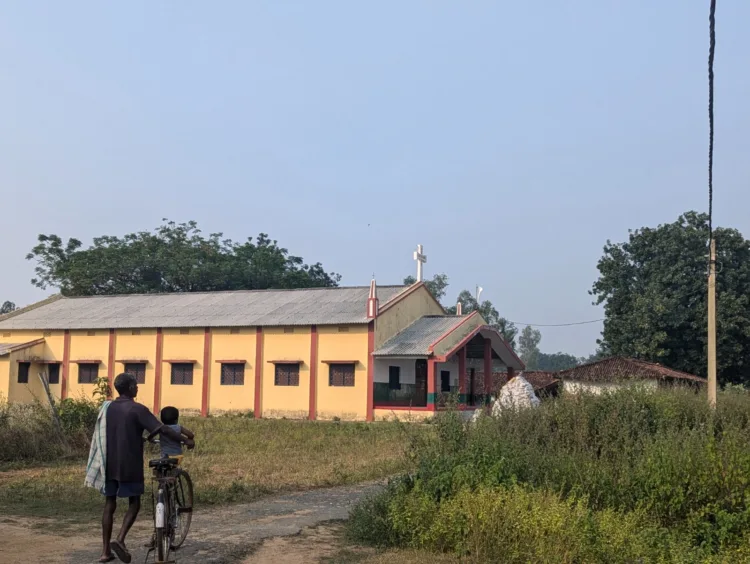
















Comments